Fondazione Giovanni Pascoli
Giovanni Pascoli is a structure known of the life of the Italian poet Giovanni Pascoli and the work he had done there. The establishment is a valuable find for history enthusiasts, and anyone seeking to search through the rich world of Pascoli’s artistry. Giovanni Pascoli lived there, for his last ten years of life. The rooms of the residence, where the famous poet wrote his masterpieces have now transformed into a museum for the visitors to experience his life. To enter the building will cost you 8 euros. If you are with a small group with about 10 people, the price comes to 5 euros. You can visit the building all week except Monday.
La Cantina del Vino
La Cantina del Vino is a great place to go if you are looking for a wide selection of wines and local products. They also have a great atmosphere and are well-informed about wine. It is run by Francesca, Pietro, and Edoardo, who are all qualified sommeliers. They offer a wide range of fine wines and local products, as well as alfresco dining in the summer months. Prices for wine vary depending on the bottle or glass you choose. Bottles range from €6.00 to €20.00 or more, while glasses range from €4.50 to €7.00. This establishment offers a range of dining options to suit your budget like a fixed menu starting at 19 euros in Winter or an à la carte allowing you to choose your meal. Expect a total cost per person between €15.00 for a light meal to £58.50 or more for a multi-course option with drinks.
Church of San Francesco
The Church of San Francesco is also known as the Chiesa di San Francesco. It was built between 1471 and 1490, at the side of a hill. The interior of the Upper Church is an important early example of the Gothic style in Italy. The church is decorated with several wall paintings by Andrea della Robbia and his sons, besides the 15th-century cloister at the entrance.
Chiesa del Santissimo Crocifisso
Chiesa del Santissimo Crocifisso is another, smaller, church in Barga used as shelter by the Franciscans who had contracted the plague. Even if it is not ascertained, it is said that was built in the 15th century. While information about this particular church is limited compared to other notable churches in Italy, its charm and significance within the Barga community remain undeniable.
Pro Loco Barga
At the center of the town takes place the Pro Loco Barga, a non-profit organization occupied with the promotion and preservation of Barga’s unique heritage. Pro Loco Barga has played a vital role in shaping the town’s tourism landscape. With a passion for the town’s traditions and a commitment to showcasing its beautiful places, Pro Loco Barga serves as a crucial resource for both locals and visitors alike. This organization not only offers information to visitors but also hosts several events in order to spread the culture of the town.
Casa della befana
Organizing a day trip at Casa della Befana is a great option to spend the day. Legend says that la Befana is a very old woman, over 3000 years old. Back in the day, she was frowned upon by the Church and even mistaken for a witch. Somehow, though, she always remained in children’s hearts. Today, her house is located in the mountains of Garfagnana. A perfect opportunity to be visited by families and not only. We were told that people often leave her a glass of wine and a plate of sausage and broccoli because that’s what she would like.
Chiesa della Santissima Annunziata
The Chiesa della Santissima Annunziata is a church also called the Church of the Holy Annunciation. It is located in the center of Barga and was built in 1595. Two revered wooden statues, the Archangel Gabriel and the Annunciation of Mary, combined with the churches’ elegant style offer a calming visit. The opening hours might vary depending on the season. You can always get informed by the Pro Loco Barga though. As the majority of the churches in Italy, Chiesa Della Santissima Annuziata has also free entrance.
The Red Telephone Box Library
The idea of the Red Telephone Box transformed into a library is a fantastic idea for Barga with its links to Scotland. This little immaculately kept phone box originating from the UK and actually made in Scotland by Carron is now a well-used tiny library. You can take books there, which are no longer needed, and give books that you have already read. It was given to the people of Barga by an Italian Family living in Edinburgh who enjoyed coming to the area on holiday. This library functions as a book exchange, encouraging the spirit of sharing and community, therefore, there’s no commercial aspect involved.
Parco Avventura Levigliese
Parco Avventura Levigliese is a park located in Garfagnana, Italy. It offers a majority of activities for adults and children as well. There are courses containing obstacles and challenges between the trees. People have to find balance by walking on a rope and using a systematic way to finish each challenge. Zip lining, rock climbing, and canoeing are also some activities that can be tried out. The park is open from 10:00 to 18:00 every day, and the prices differ depending on each activity. They range from €5.00 to €35.00 per person, while some package deals bundle activities like zip lines for a more complete experience, starting at €30.00.
Semmocolonia
Semmocolonia is a beautiful little village located on a hilltop just a few kilometers from Barga in Tuscany. There are no bars or cafés in the village itself, which makes it a perfect spot for a relaxing walk amidst the graphic surroundings and stunning views of Barga. Even if the information is limited, it is said that Semmocolonia has a connection to World War II. You can explore the amazing view and some memorials built to honor locals and US soldiers who lost their lives at war. There is a specific memorial dedicated to Lt. John Fox.
Teatro dei Differenti
Teatro dei Differenti is a theater with a long history, starting in 1668. It was created by the Accademia dei Differenti which was a society aiming to promote their love for theater. It was in 1785 when this academy established the foundation for the theaters’ construction. Soon, it became very popular for its performances including comedies, operas, etc. Due to its deterioration, it was finally demolished but rebuilt in 1808. Today is still standing in Barga, offering exhibitions, performances, and concerts. You can reach the theater on foot from the town center, and the ticket’s price depends on the performance. In general, keep in mind that they range from 18 to 25 euros.
Barga market
Barga hosts a flea market every second Sunday of the month in the center of the town. It might sound like a usual market, but it is a no-miss since it does not only contain local crafts and handicrafts but also traditional Tuscan antiques and collectibles. If you are a history lover, or you just want to buy souvenirs to remember this trip, this market is worth a visit. Since its purpose is for visitors to shop, you don’t have to worry about a ticket entrance. However, it is suggestible to have cash instead of the card in every case if you want to purchase anything.
Serchio valley
Serchio Valley is a beautiful area in Tuscany in which Barga is located. It is a huge tourist destination since it has many plants and animals to admire. The flora, as it is called, is the plants in the area like beeches, poplars, and chestnut trees are very common. The latter usually bloom at the beginning of summer and the flowers transform into burs where the chestnuts grow in the autumn. This nut is used a lot in the kitchen for both savory and sweet recipes. Additionally to that, there is fauna, and animals wandering in the area like foxes, boars, deer, and wolves that live in the mountain area of Barga and often come down to the valley looking for something to eat.


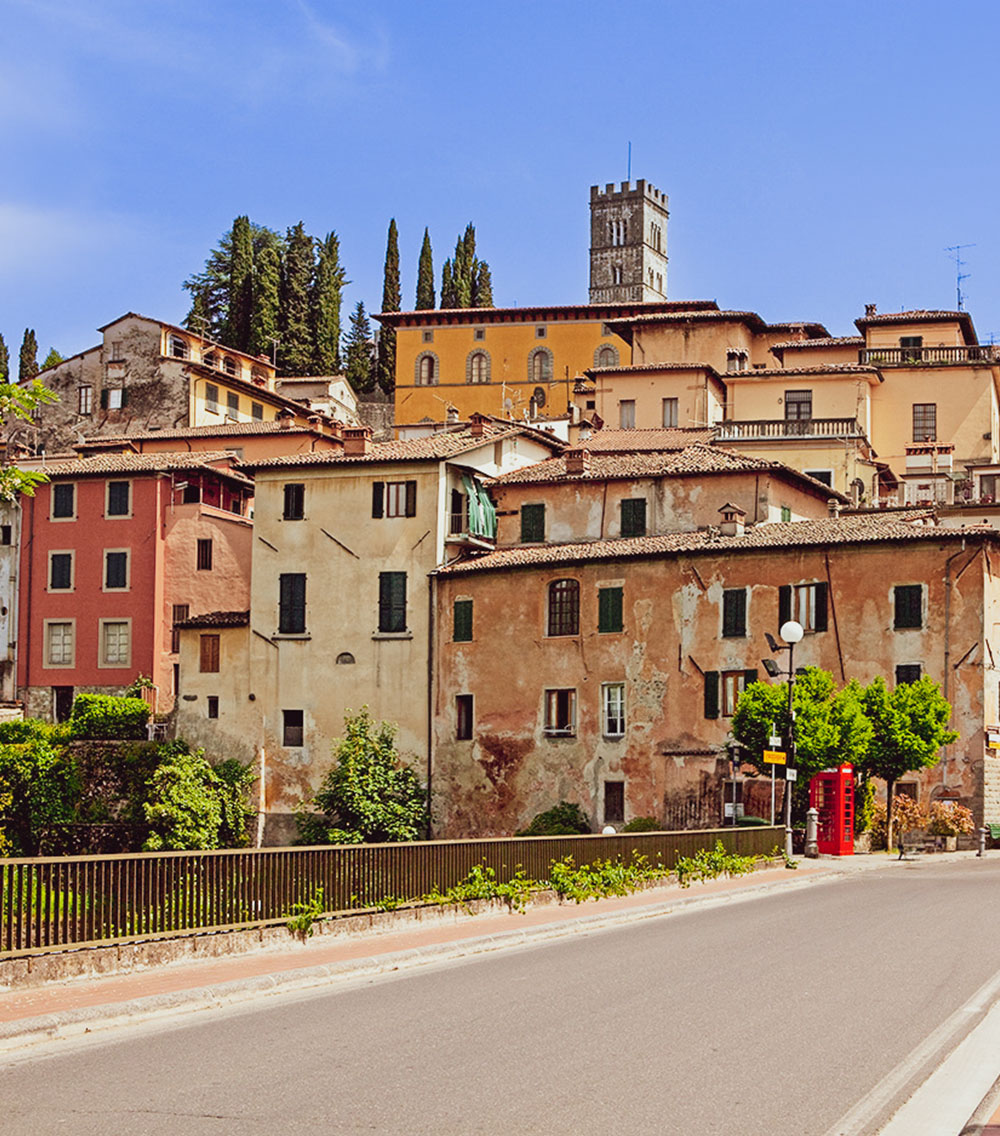

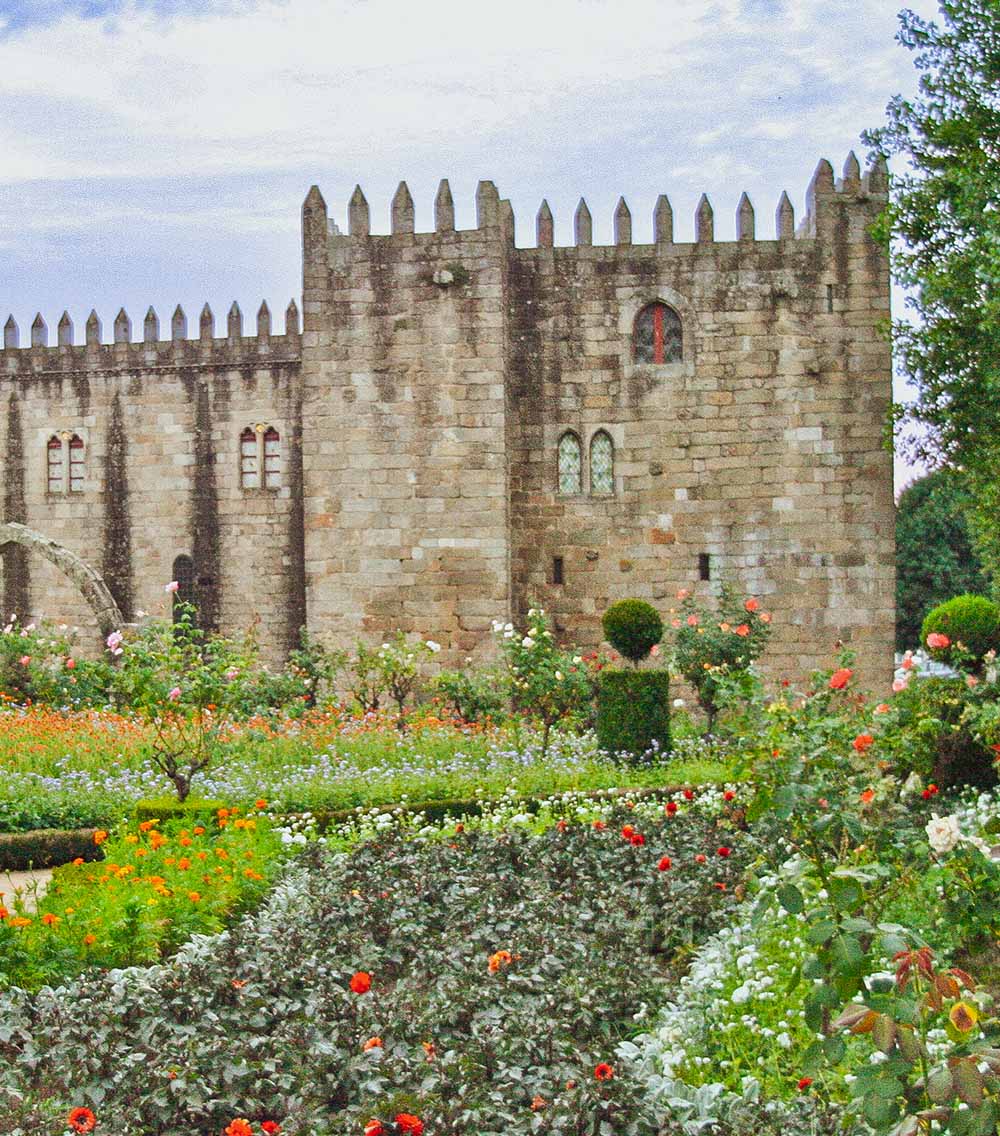
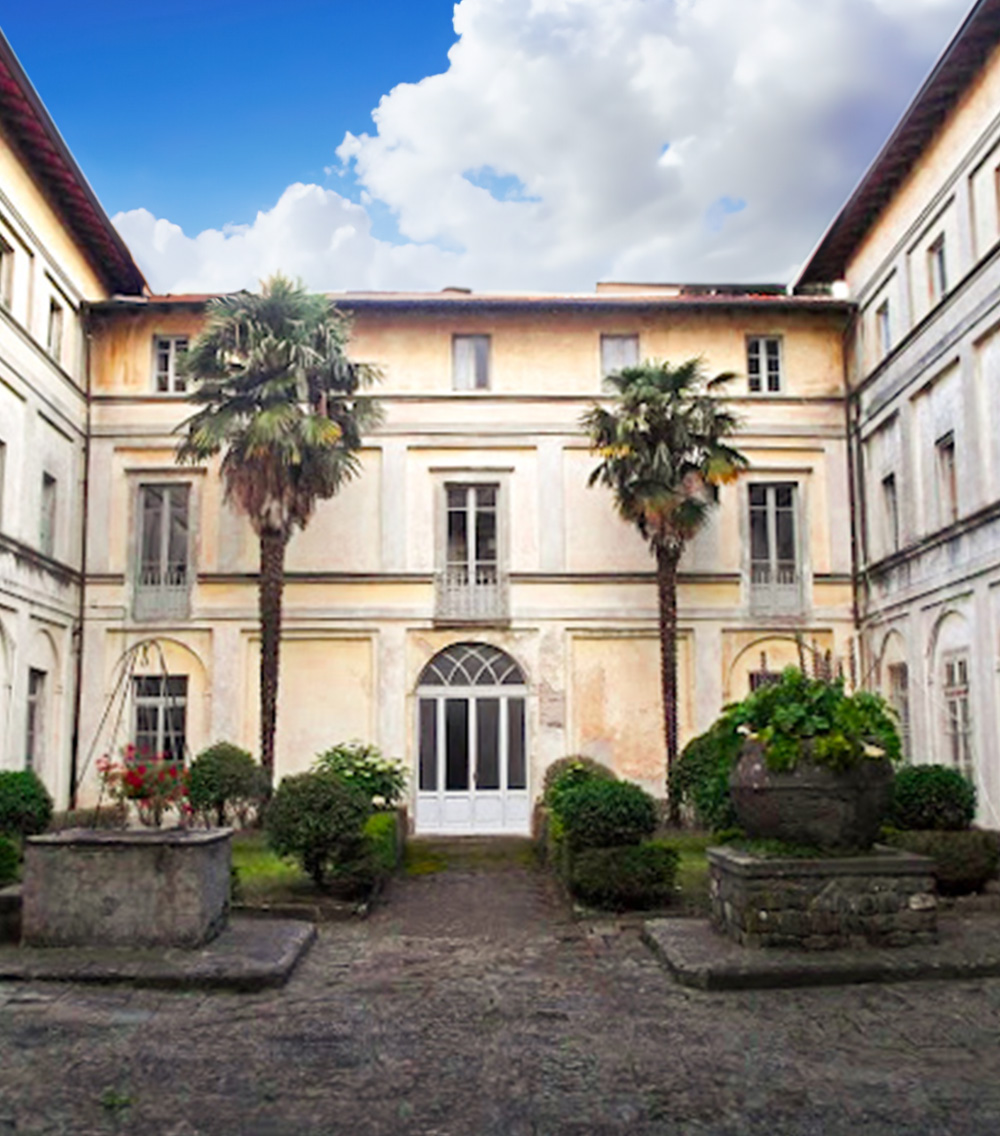
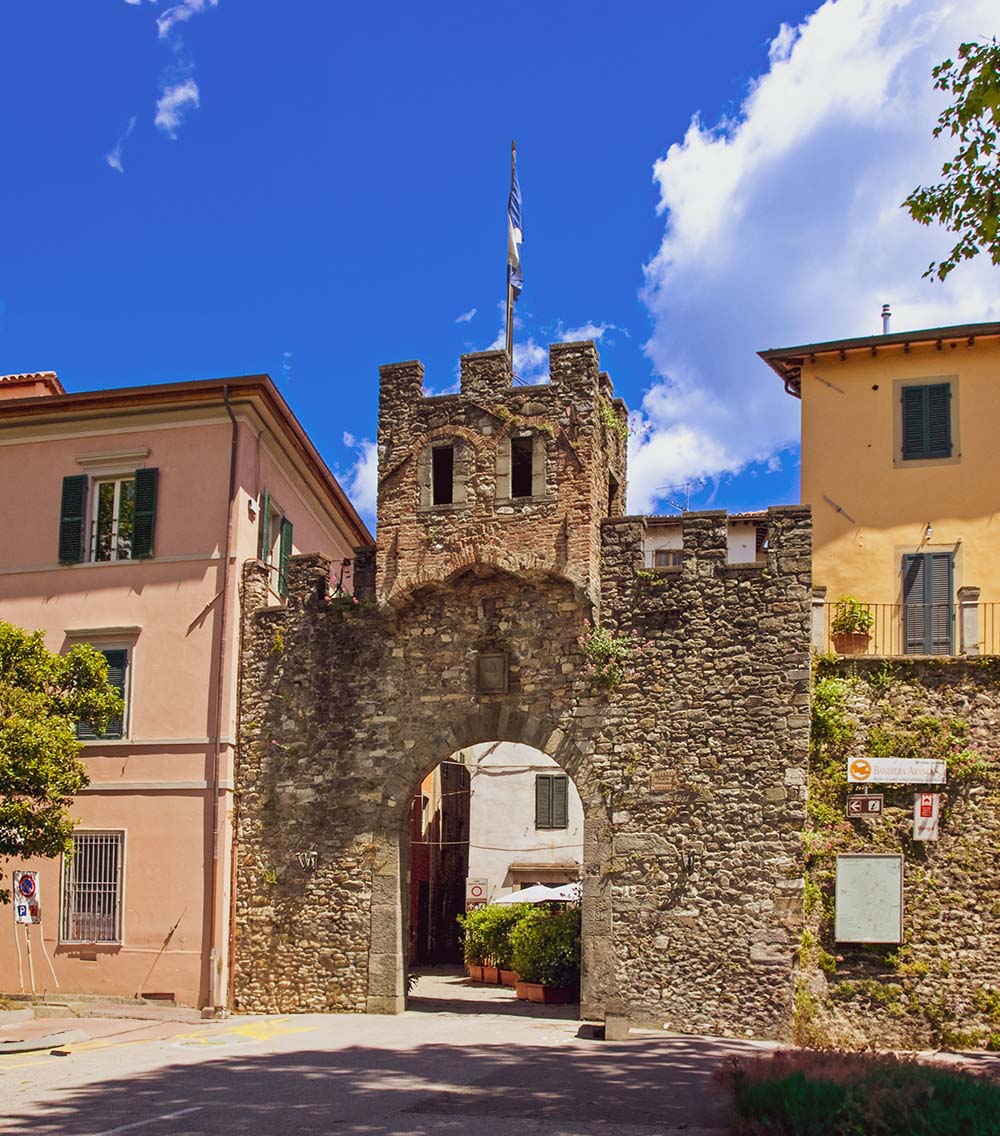
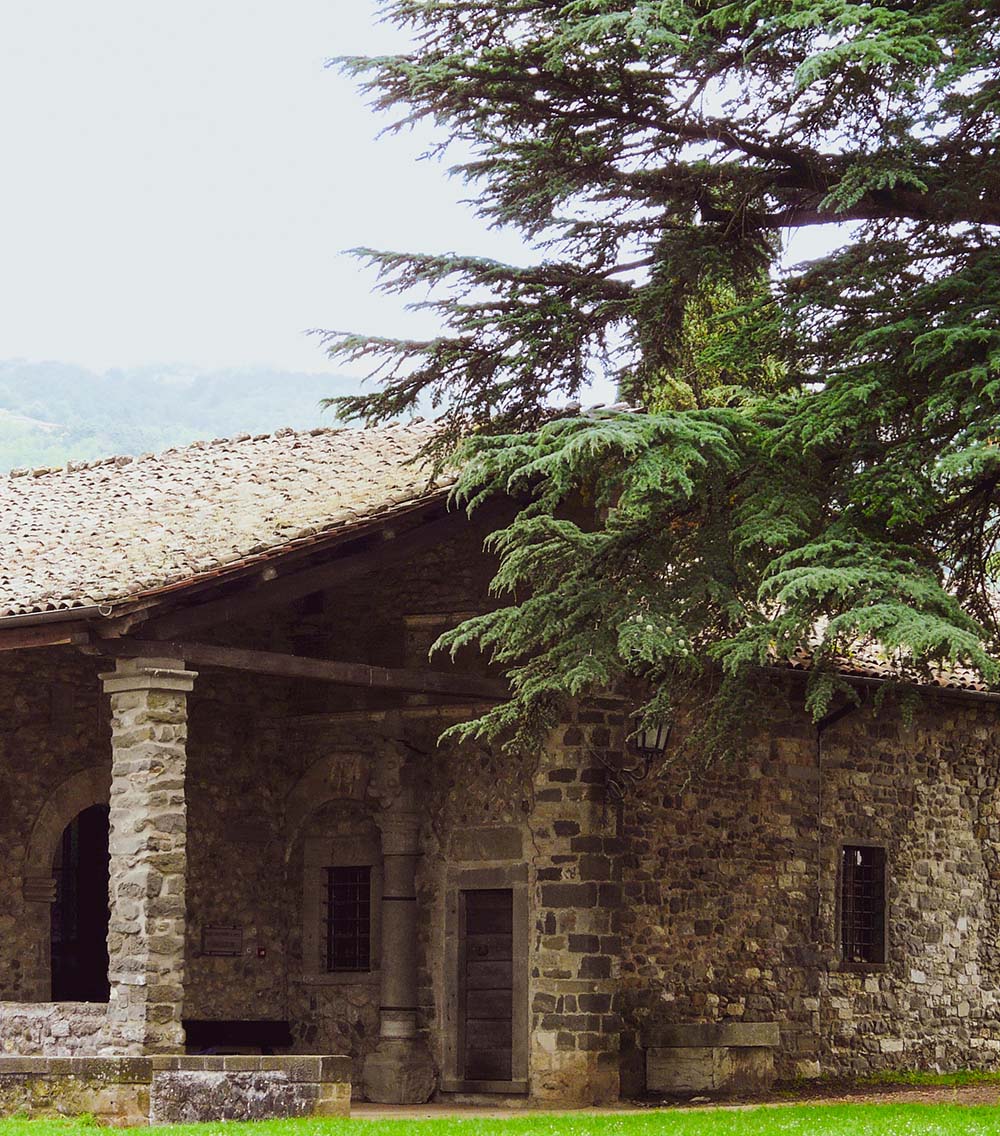
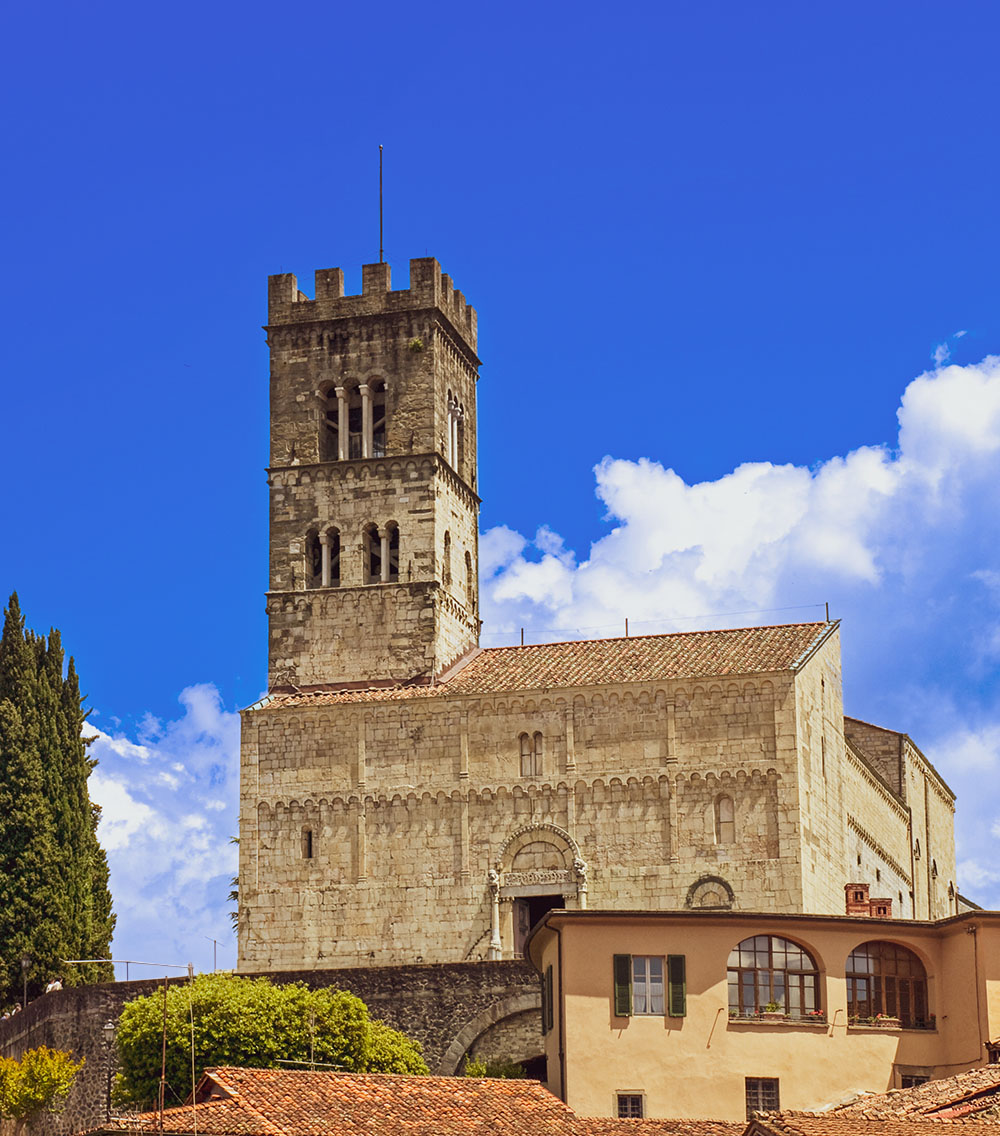
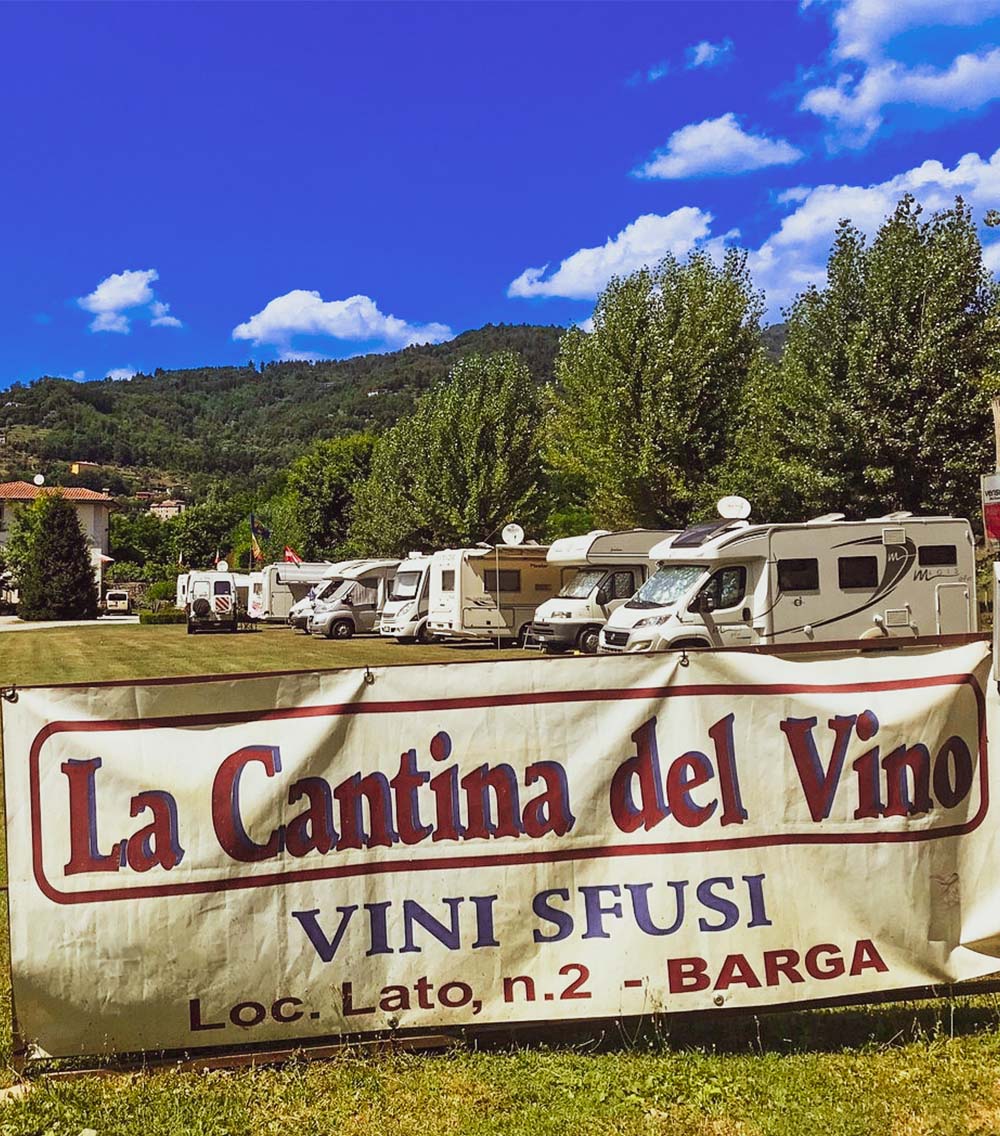
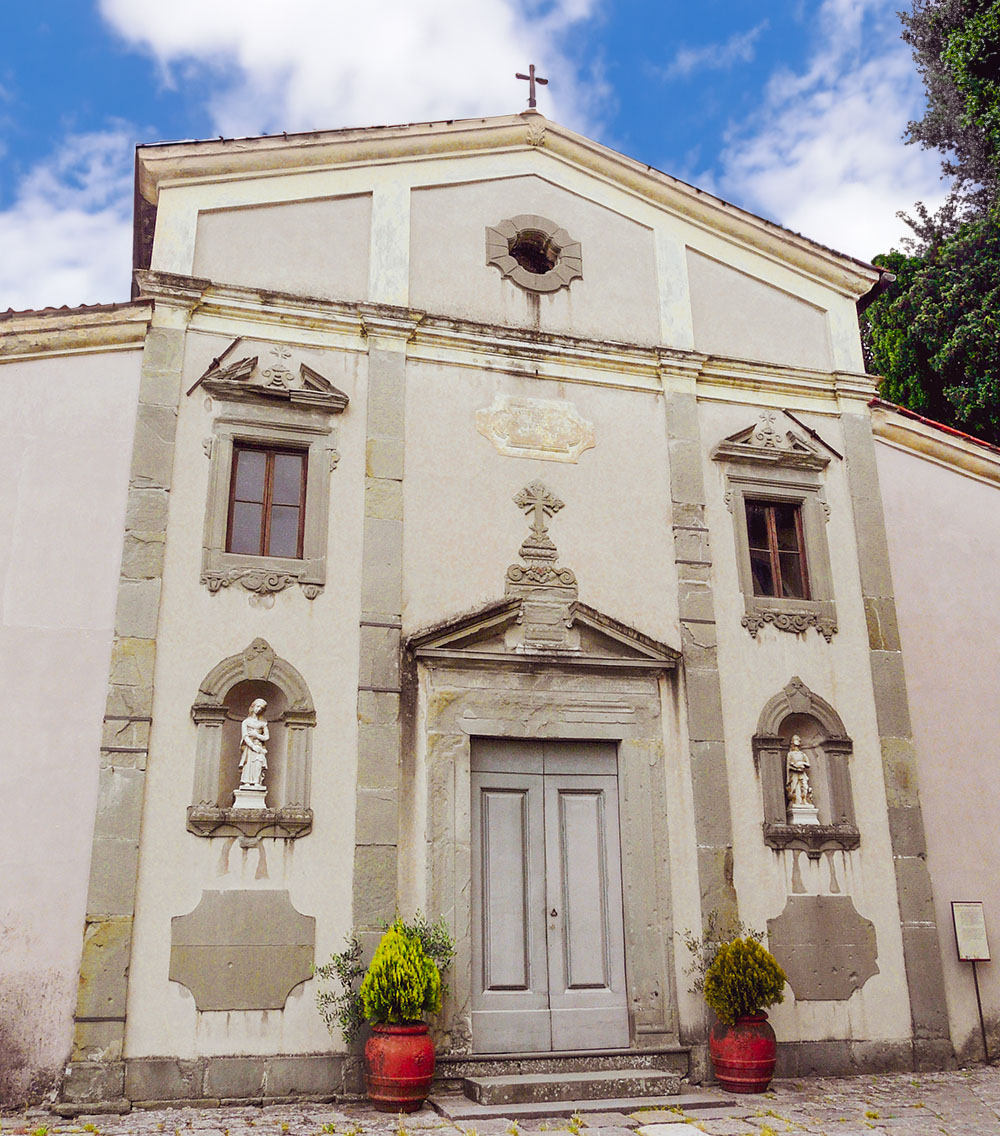

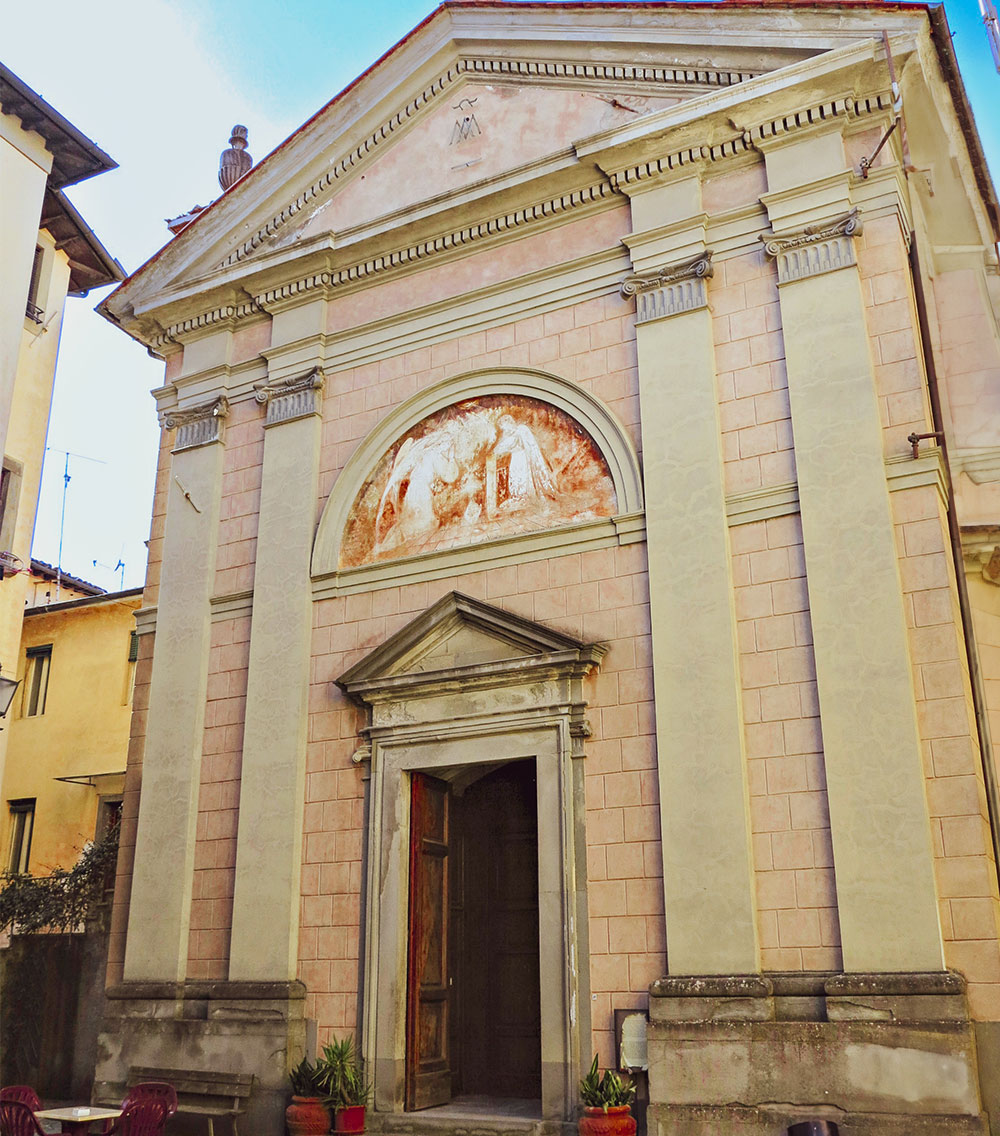
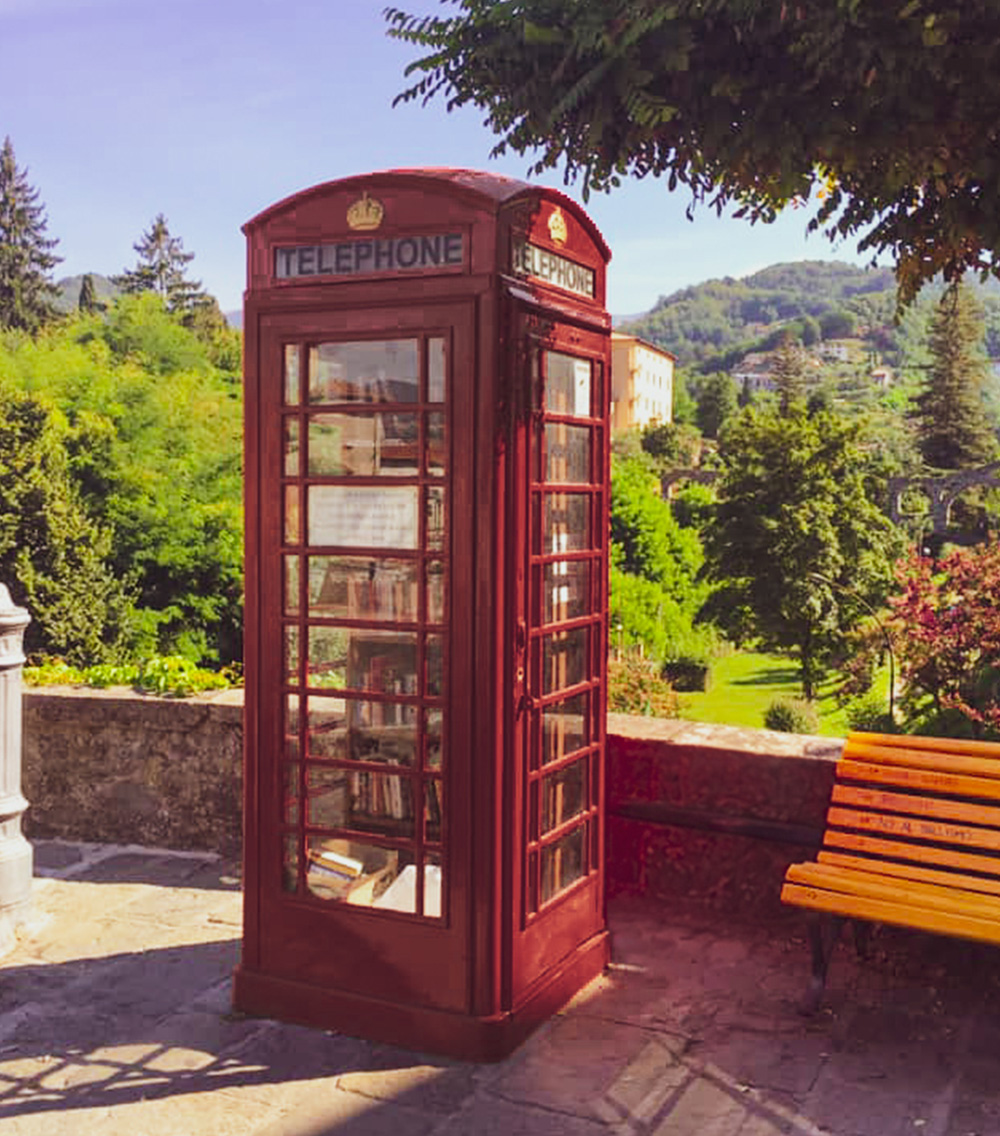
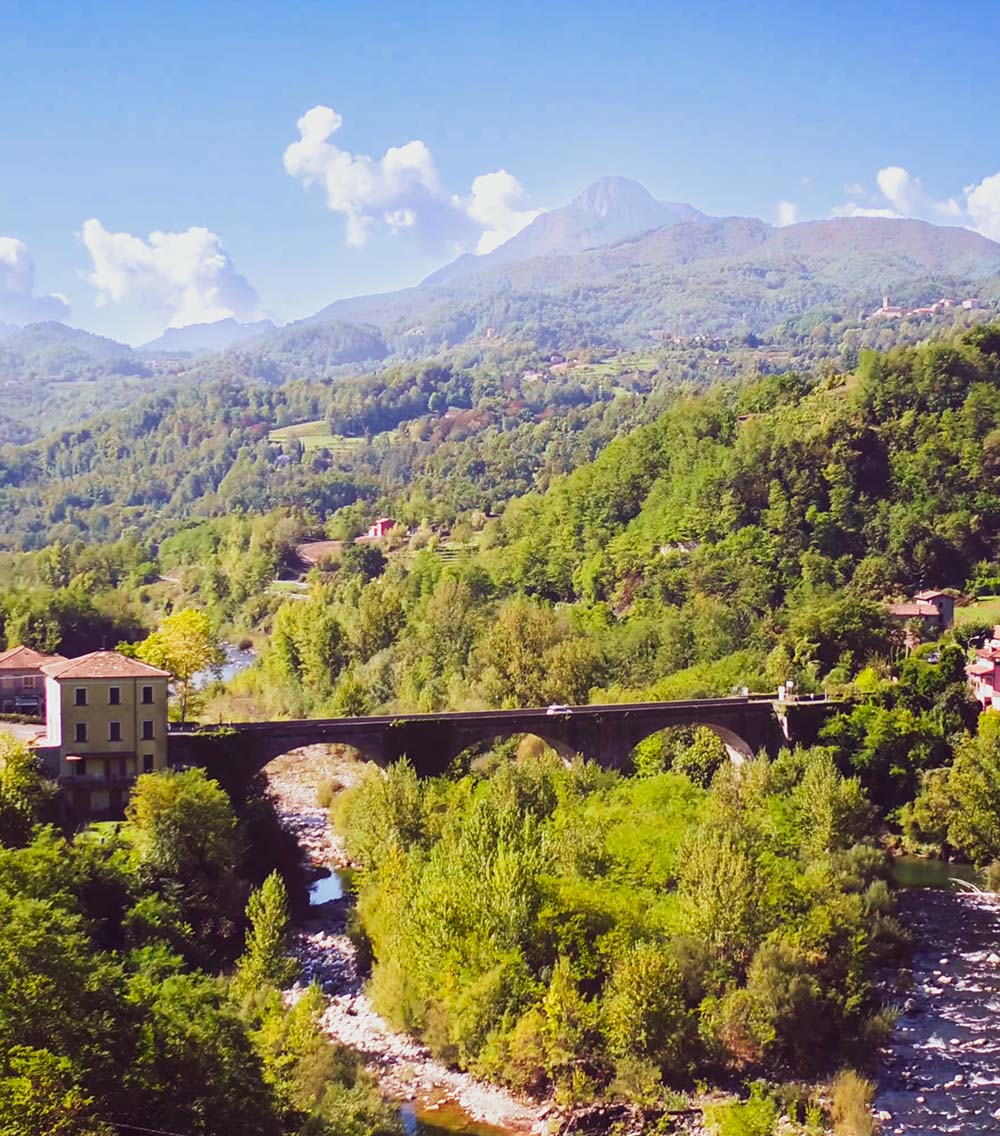
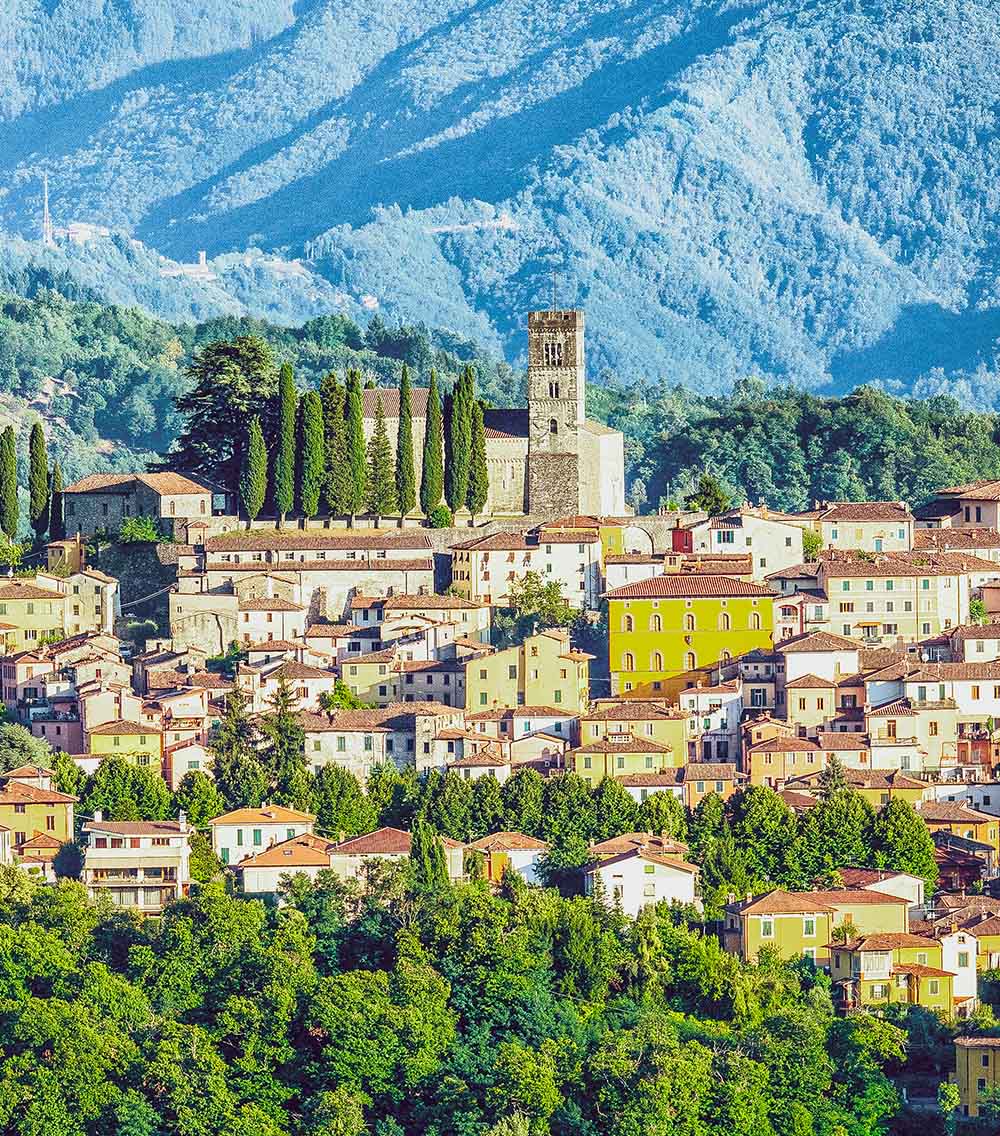
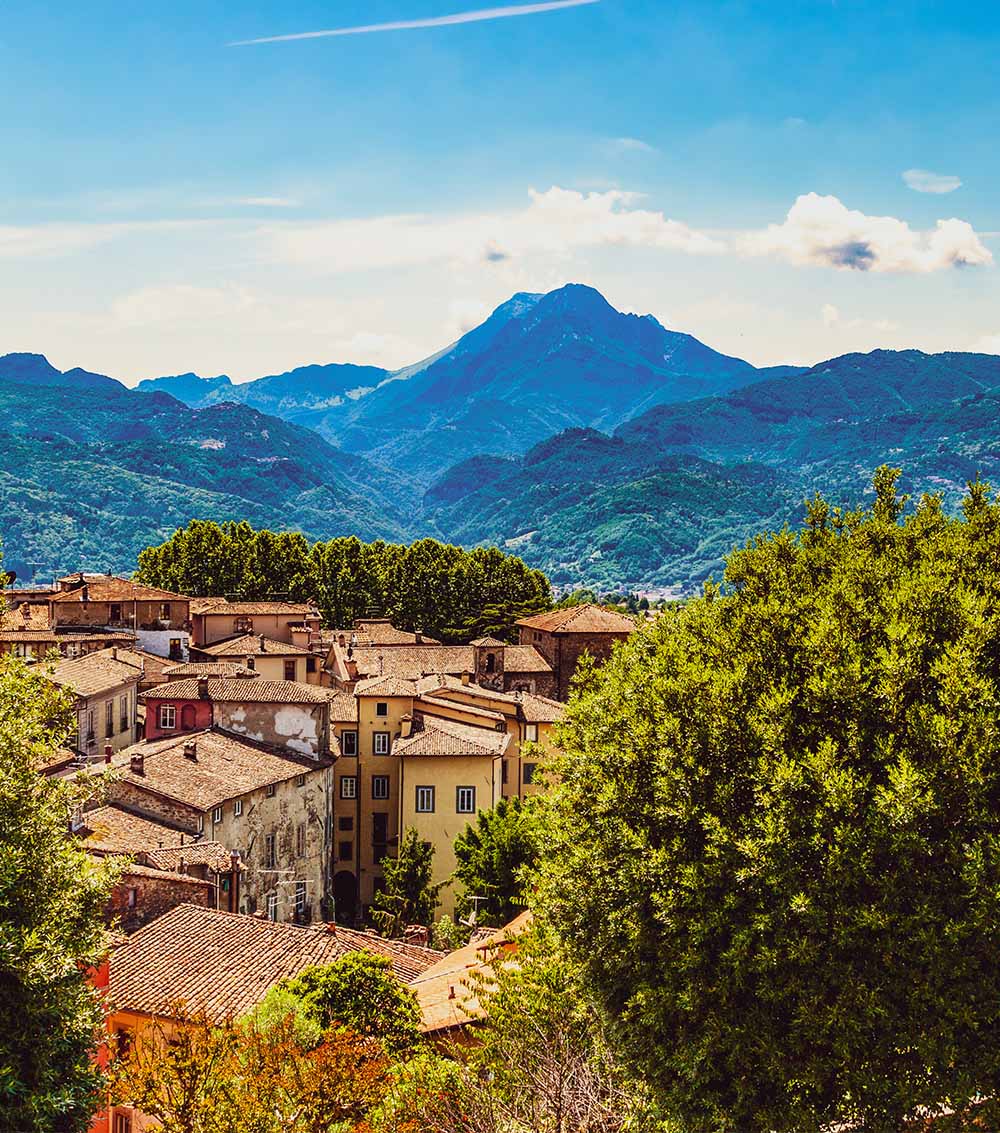


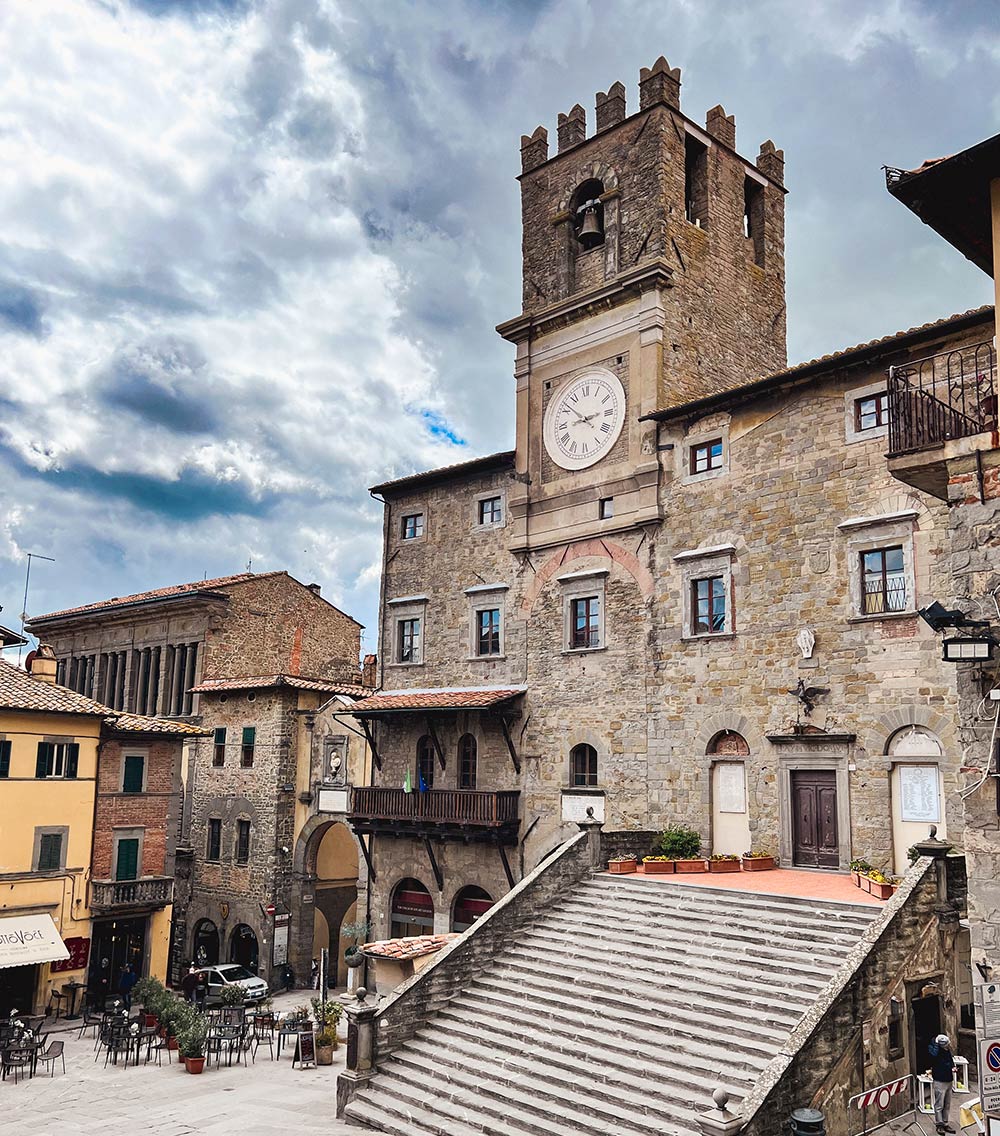
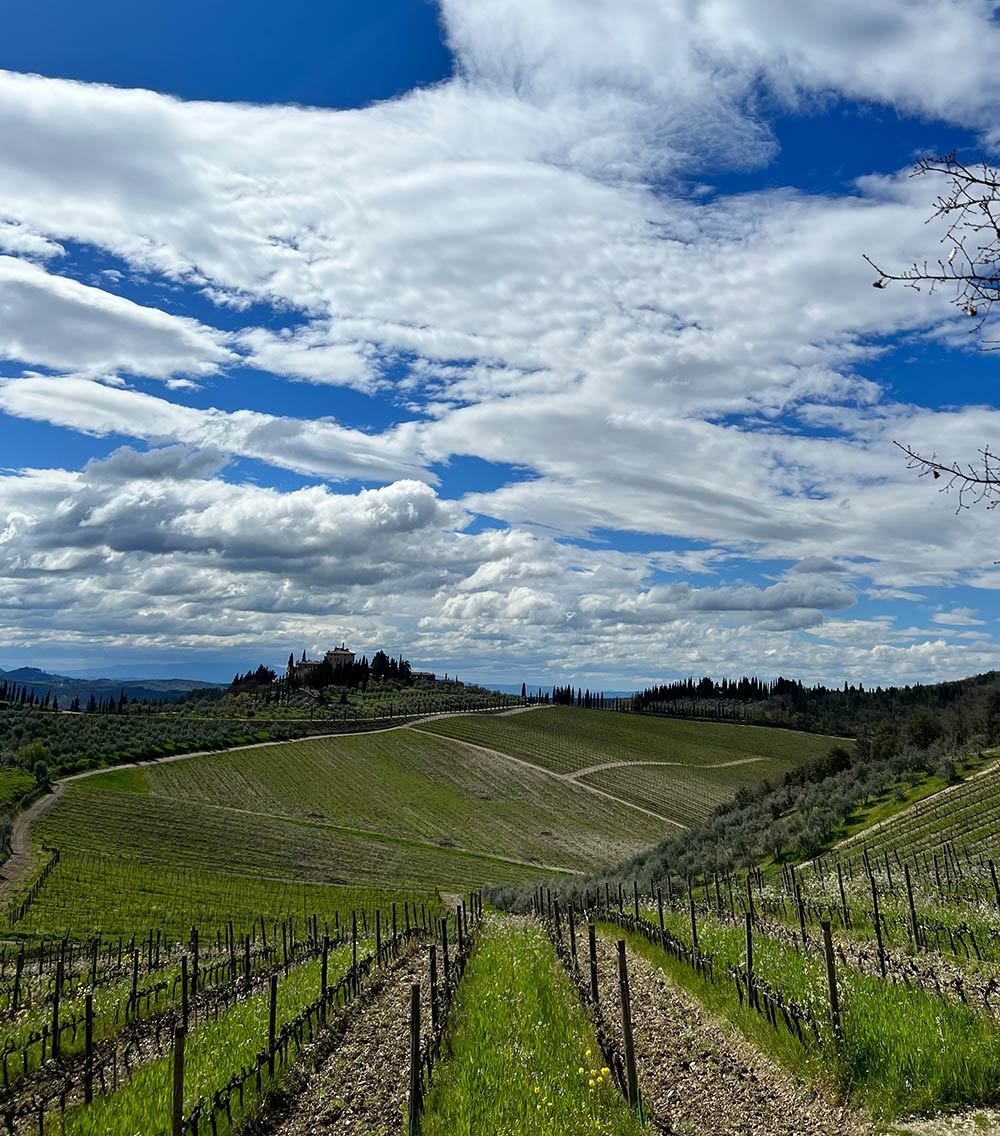
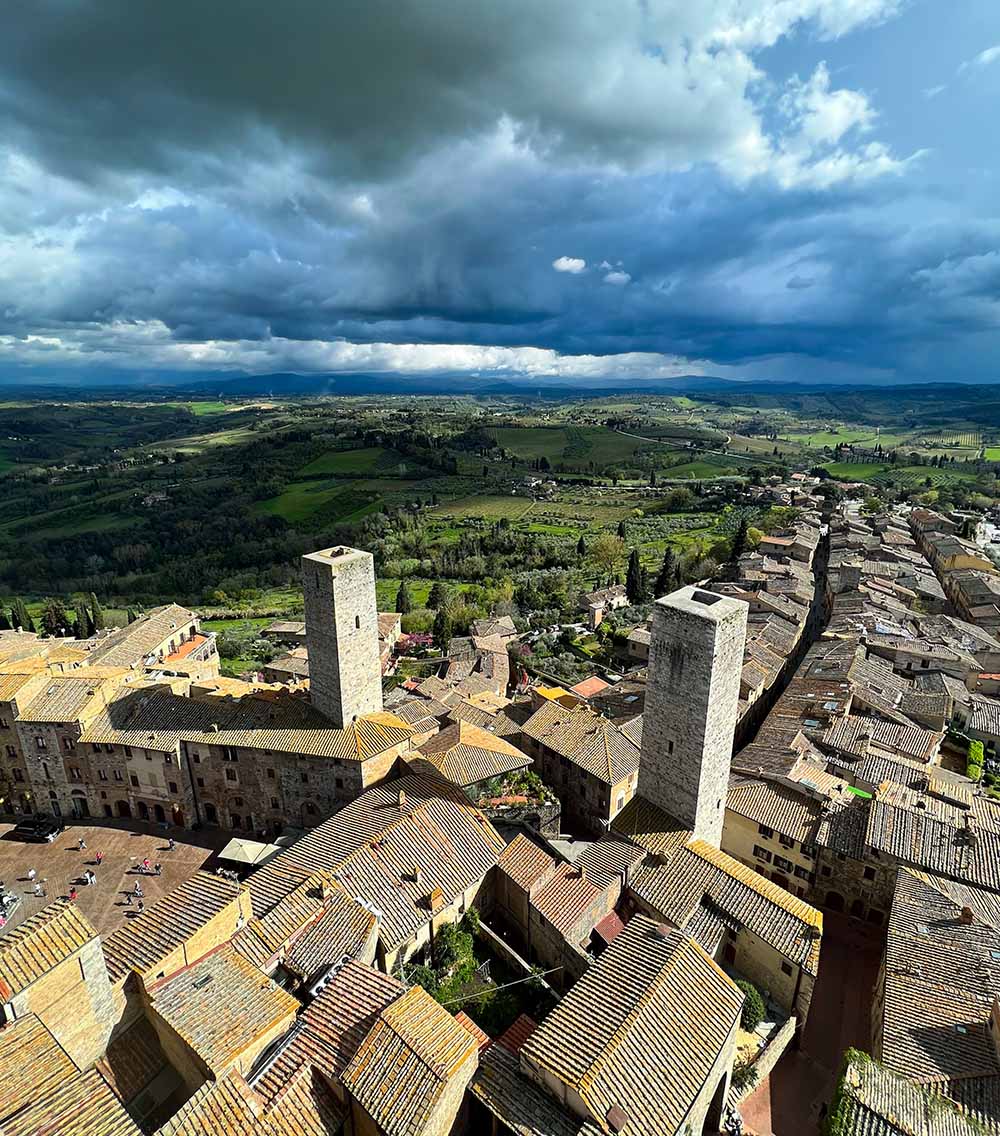
No Comments